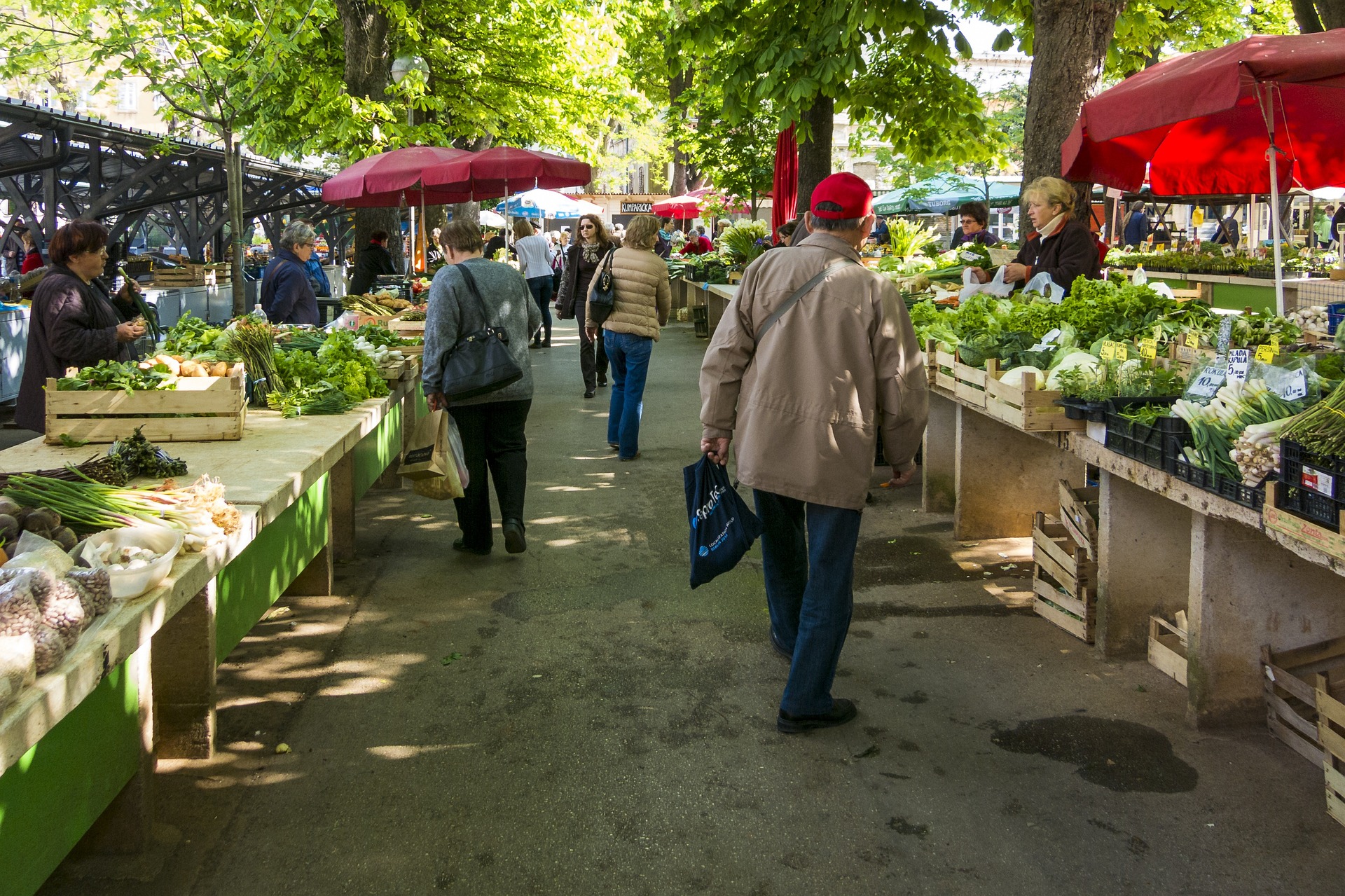Neolocalism: The Quest for Authentic Community in a Globalized World
Amidst the whirlwind of globalization, a countermovement is quietly gaining momentum. Neolocalism, the renewed interest in local culture, products, and experiences, is reshaping how people connect with their communities and redefine their sense of place in an increasingly interconnected world. This phenomenon goes beyond mere nostalgia, representing a complex interplay of social, economic, and cultural forces that are transforming the way we live, work, and interact. Read below to explore the depths of this fascinating trend and its far-reaching implications for society.
The Roots of Neolocalism
To understand neolocalism, we must first examine its historical context. The term itself was coined in the 1980s by geographers to describe the phenomenon of people seeking out local distinctiveness in response to the homogenizing effects of globalization. However, the underlying sentiment can be traced back to the industrialization era when rapid urbanization led to a romanticization of rural life and local traditions.
In the post-World War II period, the rise of suburbanization and chain stores further eroded local identities, creating a sense of placelessness in many communities. This trend continued into the late 20th century, fueled by increasing globalization and the digital revolution. Paradoxically, it is within this context of global interconnectedness that neolocalism has found fertile ground to flourish.
The Drivers of the Neolocal Movement
Several factors have contributed to the rise of neolocalism in recent years. Economic considerations play a significant role, with many people recognizing the benefits of supporting local businesses and economies. The 2008 financial crisis and subsequent economic uncertainties have heightened awareness of the fragility of global supply chains and the importance of resilient local economies.
Environmental concerns have also fueled the neolocal movement. The growing awareness of climate change and the environmental impact of long-distance transportation has led many to embrace locally sourced products and sustainable practices. This shift in consumer behavior has, in turn, sparked a renaissance in local agriculture, artisanal crafts, and small-scale manufacturing.
Neolocalism in the Digital Age
One might assume that the digital revolution, with its promise of global connectivity, would diminish the appeal of local experiences. However, technology has played a paradoxical role in the neolocal movement. Social media platforms and mobile apps have made it easier than ever to discover and connect with local businesses, events, and communities.
Moreover, the rise of remote work has freed many individuals from the constraints of geography, allowing them to choose their place of residence based on lifestyle preferences rather than job location. This has led to a renewed interest in smaller cities and rural areas, with people seeking out communities that offer a strong sense of place and local identity.
The Cultural Dimensions of Neolocalism
Neolocalism extends beyond economic and environmental considerations, touching on deeper cultural and psychological needs. In an era of rapid change and uncertainty, many people are seeking a sense of rootedness and connection to place. This desire manifests in various ways, from the popularity of genealogy research to the growing interest in local history and folklore.
The neolocal movement also intersects with broader trends in identity politics and cultural preservation. For many communities, particularly those that have been marginalized or threatened by globalization, embracing local traditions and practices becomes a form of resistance and self-affirmation. This has led to a resurgence of interest in indigenous knowledge, traditional crafts, and local languages.
Challenges and Criticisms of Neolocalism
While neolocalism offers many potential benefits, it is not without its challenges and critics. One significant concern is the risk of exclusivity and parochialism. An overemphasis on local identity can sometimes lead to xenophobia or resistance to necessary change and innovation.
There are also questions about the economic viability and scalability of neolocal initiatives. While supporting local businesses and products is admirable, it may not always be practical or sustainable in a globalized economy. Critics argue that neolocalism can sometimes be more about image and nostalgia than genuine economic or social transformation.
The Future of Neolocalism
As we look to the future, it’s clear that neolocalism will continue to shape our communities and society at large. The COVID-19 pandemic has accelerated many of the trends driving the neolocal movement, from the increased focus on resilient local supply chains to the renewed appreciation for community connections.
However, the future of neolocalism is likely to be more nuanced than a simple rejection of globalization. Instead, we may see a kind of glocalization, where global and local influences intermingle in complex ways. The challenge will be to harness the positive aspects of neolocalism - community resilience, cultural diversity, and environmental sustainability - while remaining open to the benefits of global interconnectedness and innovation.
As society continues to grapple with the tensions between global and local, neolocalism offers a compelling vision of community and belonging in the 21st century. By reconnecting with our local roots while embracing the opportunities of a connected world, we may find a path towards more sustainable, resilient, and fulfilling ways of living.





